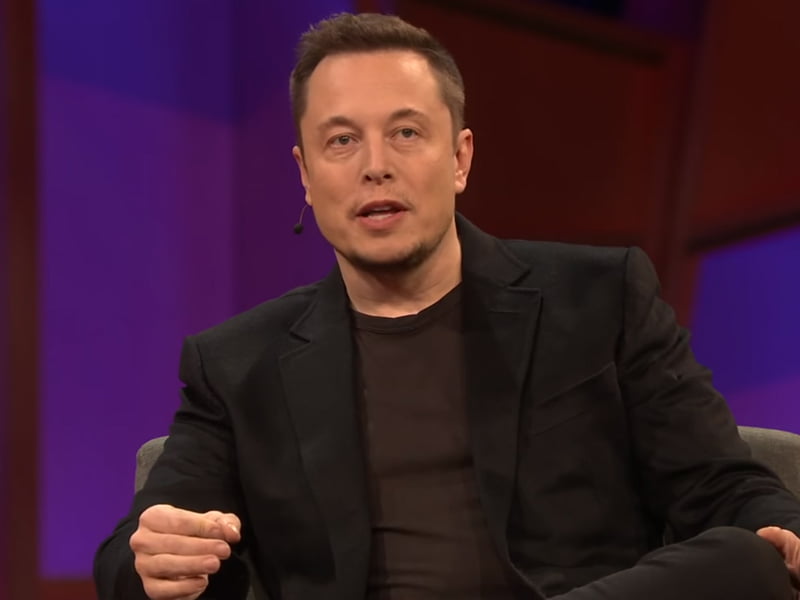Elon Musk’s flamboyantly executed grid storage battery deal for spark-strapped South Australia might not have much local industry content, but the buzz has greatly lifted the profile of local energy storage technology players.
SA Premier Jay Weatherill last week said the South Australian government had accepted the bid put in by Tesla and French renewables company Neoen to build a battery backup for an existing Neoen wind farm that would partly plug the hole in the state’s power generation regime that has recently seen serious blackouts and a raft of bad publicity.

The cost of the Tesla/Neoen deal, which is expected to be completed before Christmas, is unknown.
An article in Forbes magazine claimed the 100MW battery farm could cost between $A200 million and $A240 million.
Mr Weatherill has dismissed that price range and said it would fall inside the $150 million bucket set aside for renewable energy alternatives.
The winning bid got started with Tesla CEO Elon Musk famously tweeting back in March that he could install the giant lithium battery powered grid storage system within 100 days of the contract being signed or it would be free.
While SA’s Tesla storage battery facility may or may not be free at the end of the day, Australian energy storage players have been basking in the free marketing of renewable energy systems that lit off with Mr Musk’s tweet.
Brisbane-based renewable energy specialist Redback Technologies’ managing director Philip Livingston is bullish on the Tesla deal.
“More storage rather than less is a good thing. Having storage in the grid as a buffer is good for consumers. Mr Musk is a role model for many of us in the way he approaches things.”
Mr Livingston is positioning his firm for servicing a far more distributed power grid, where more and more consumers and businesses have their own renewable energy generators and battery storage, and are far less dependent on the traditional central grid.
He believes within five to ten years many electricity consumers will need the grid for less than 20 per cent of their energy needs.
“Self-consumption will be the prime driver for people making a switch to energy storage. We think that aggregation piece is more going to be where the market moves in the longer term.
He believes there should be local industry development encouragement down the track as the renewable energy and storage game plays out, but understands how the Tesla deal had to be done at almost emergency speed.
Meanwhile, the showy Mr Musk has done much to raise awareness in Australia about the potential for renewables and battery storage.
“You have to recognise the attention that’s been given to this space because Mr Musk has come here and done this stuff.
“Since that tweet storm, the industry has been set alight. Getting capital has been easier, there’s a broader conversation happening with stakeholders about these technologies and the control functions that come with them has been easier,” Mr Livingston said.
“People are more willing to listen.”
South Australian zinc bromide flow storage battery maker Redflow did not bid for the SA grid storage project and was quick to congratulate Tesla’s win.
Like Redback, Redflow CEO Simon Hackett was happy about the increased awareness of renewable energy approaches and their attendant storage systems.
“Redflow believes this ambitious project demonstrates the growing maturity of energy storage systems and their integral role in successfully exploiting renewable energy sources,” Mr Hackett said.
“The significance of this contract was not a competition between Tesla and other battery companies: It’s about renewables and energy storage demonstrating their capacity to technically and affordably replace fossil fuels.”
“This big battery project sets South Australia up as a world leader in the use of battery storage with renewable energy – a true signpost to the future of the world,” he enthused.
“The global energy storage market is huge and is largely untapped. This project will act as a validation point and an accelerant of change.
“From here on in, every battery manufacturer is likely to be busy for the foreseeable future, all working to their respective technical strengths and into their respective core markets. There’s a whole world out there to change, and we look forward to doing our part.”
Redflow’s zinc bromide battery technology can scale up to large commercial and industrial and potentially grid-scale deployments but the SA government project was too big for the firm and therefore it did not bid.
The largest Redflow battery system to date is the container-sized Large Battery System (LSB) with 60 ZBM2 batteries and can store up to 600 kWh of energy. Multiple LSBs can be deployed.
Do you know more? Contact James Riley via Email.

